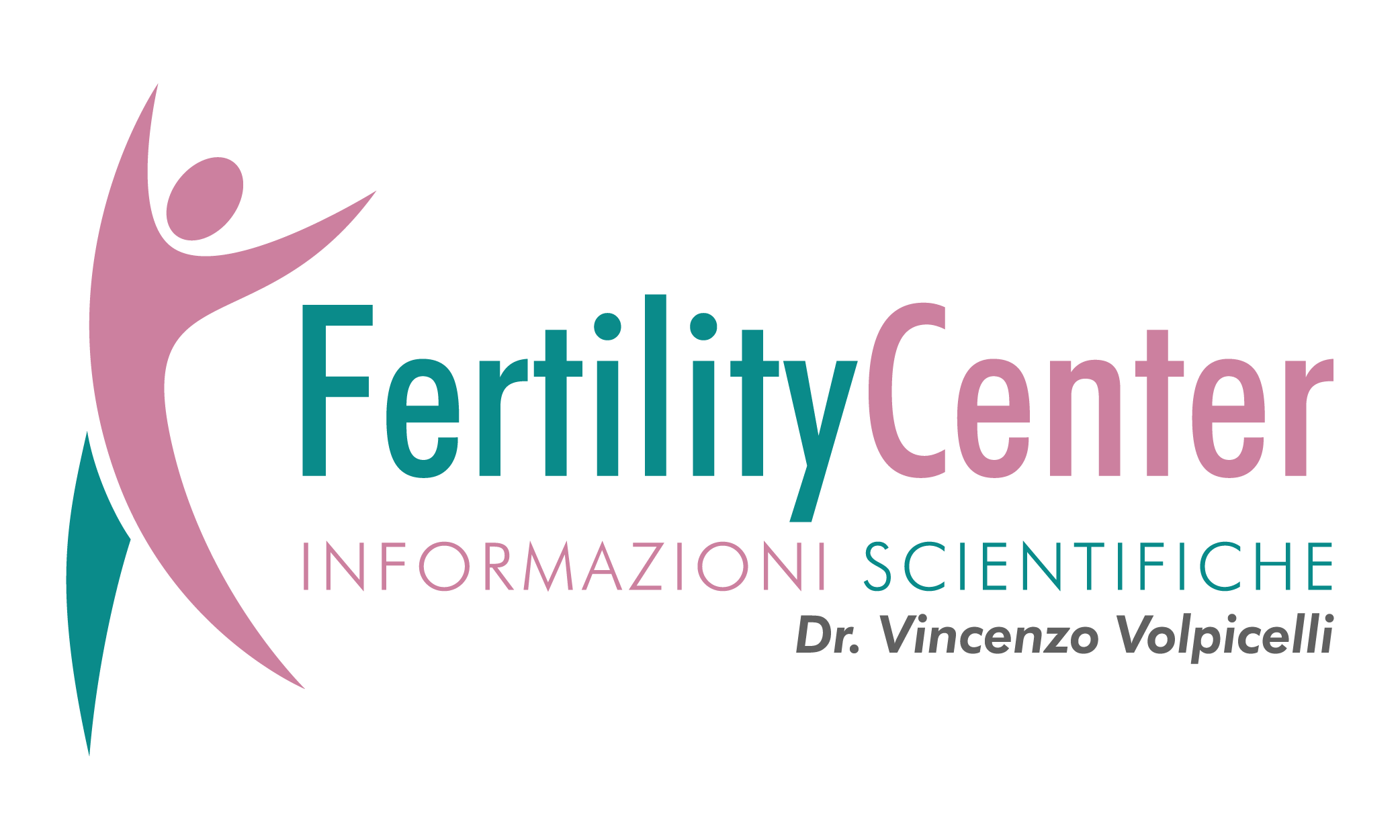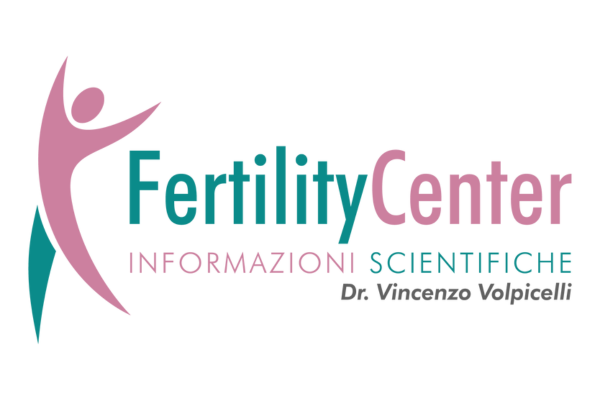La proteina p53, modulata dal gene TP53 collocato sul cromosoma 17 esattamente in 17p13.1, regola la crescita e la divisione cellulare e riveste un ruolo importante nell’arresto della proliferazione delle cellule anormali e quindi nello sviluppo di neoplasie. E’ detta anche Antigene tumorale cellulare p53, Soppressore tumorale p53, Fosfoproteina p53, Antigene NY-CO-13, Oncosoppressore p53. E’ stata identificata nel 1979 da 6 gruppi di ricercatori: DeLeo et al. 1979, Kress et al. 1979, Lane & Crawford 1979, Linzer & Levine 1979, Melero et al. 1979, Smith et al. 1979. E’ composta da 393 aminoacidi e deve il suo nome alla sua massa molecolare: pesa infatti 53 kDa (1-10).
Meccanismo d’azione: la proteina p53 interviene con diversi meccanismi:
- attiva la riparazione del DNA danneggiato (se il DNA è riparabile), inducendo la trascrizione di geni riparatori del DNA come GADD45;
- in seguito a danni del DNA p53 viene fosforilata da ATM e in tale forma può agire come fattore di trascrizione, migra nel nucleo, si lega a p21 inducendone la trascrizione e portando così al blocco del ciclo cellulare inibendo il complesso cdk4-cdk6/ciclina D;
- in caso di danno irreparabile, può dare inizio all’apoptosi, inducendo la trascrizione di Noxa
- se il DNA viene riparato, la proteina p53 viene degradata da MDM2 e quindi c’è la ripresa del ciclo cellulare.
Può dunque indurre l’arresto della crescita cellulare, l’apoptosi e la senescenza cellulare (11-23).
La p53 partecipa all’apoptosi neuronale da malattie neurodegenerative come la sclerosi multipla, la corea di Huntington, la malattia di Alzheimer, la malattia di Parkinson e la sclerosi laterale amiotrofica. Dunque delle molecole che preverrebbero l’attivazione o l’attività di p53 in queste malattie neurologiche, potrebbero costituire dei farmaci di estremo beneficio per rallentare la loro progressione (23-38).
Mutazioni del gene PT53 sono state osservate in molti pazienti affetti da neoplasie. Tali mutazioni compromettono la funzionalità del gene e annullano le proprietà oncosoppressive della proteina p53. I pazienti neoplastici che possiedono mutazioni a livello del gene PT53 hanno una prognosi sfavorevole della malattia rispetto ai pz. in cui il gene è normale. La caratterizzazione delle mutazioni del gene PT53, su cellule cancerose o normali, mediante il sequenziamento automatico a tecnologia fluorescente del DNA può essere quindi impiegata come marker per l’outcome terapeutico e come rivelatore di rischio neoplastico (39,40).
Cercare di ripristinare la funzionalità del gene sarebbe un ulteriore passo avanti per la cura di molte neoplasie e malattie degenerative (41).
MDM2 è una oncoproteina sovraespresso in vari tipi di neoplasie. La sua funzione primaria è quella di inibire l’attività della proteina p53 nell’ottica di una condizione di equilibrio funzionale intesa a modulare l’azione della proteina p53 limitandone l’azione in caso di necessità. MDM2 favorisce la degradazione cellulare e l’apoptosi oppure la ripresa del ciclo mitotico a seconda delle situazioni (52-59). La sua secrezione è modulata dalla stessa proteina p53 (42-52).
References:
- Culmsee C et al. A synthetic inhibitor of p53 protects neurons against death induced by ischemic and excitotoxic insults, and amyloid beta-peptide. J Neurochem. 2001 Apr; 77(1):220-8.
- Bae BI et al. p53 mediates cellular dysfunction and behavioral abnormalities in Huntington’s disease. Neuron. 2005 Jul 7;47(1):29-41.
- Biswas SC et al. Puma and p53 play required roles in death evoked in a cellular model of Parkinson disease. Neurochem Res. 2005 Jun-Jul;30(6-7):839-45.
- Pietrancosta N et al. Imino-tetrahydro-benzothiazole derivatives as p53 inhibitors: discovery of a highly potent in vivo inhibitor and its action mechanism. J Med Chem. 2006 Jun 15;49(12):3645-52.
- Plesnila N et al. Delayed neuronal death after brain trauma involves p53-dependent inhibition of NF-kappaB transcriptional activity. Cell Death Differ. 2007 Aug;14(8):1529-41.
- Eve DJ, Dennis JS, Citron BA. Transcription factor p53 in degenerating spinal cords. Brain Res. 2007 May 30;1150:174-81.
- Cantelli-Forti,Tossicologia Molecolare,Utet,2009
- Baker, S. J., Fearon, E. R., et al. Chromosome 17 deletions and p53 gene mutations in colorectal carcinomas. Science244, 217–221 (1989).
- de Rozieres, S., Maya, R., et al. The loss of mdm2 induces p53-mediated apoptosis. Oncogene19, 1691–1697 (2000).
- Eliyahu, D., Raz, A., et al. Participation of p53 cellular tumour antigen in transformation of normal embryonic cells. Nature312, 646–649 (1984).
- Eliyahu, D., Michalovitz, D., et al. Overproduction of p53 antigen makes established cells highly tumorigenic. Nature316, 158–160 (1985).
- el-Deiry, W. S., Kern, S. E., et al. Definition of a consensus binding site for p53. Nature Genetics1, 45–49 (1992).
- Eliyahu, D., Michalovitz, D., et al. Wild-type p53 can inhibit oncogene-mediated focus formation. Proceedings of the National Academy of Science, USA86, 8763–8767 (1989).
- Donehower, L. A., Harvey, M., et al. Mice deficient for p53 are developmentally normal but susceptible to spontaneous tumours. Nature356, 215–221 (1992).
- el-Deiry, W. S., Tokino, T., et al. WAF1, a potential mediator of p53 tumor suppression. Cell75, 817–825 (1993).
- Farmer, G., Bargonetti, J., et al. Wild-type p53 activates transcription in vitro. Nature358, 83–86 (1992).
- Finlay, C. A., Hinds, P. W. et al. The p53 proto-oncogene can act as a suppressor of transformation. Cell57, 1083–1093 (1989).
- Honda, R., Tanaka, H., et al. Oncoprotein MDM2 is a ubiquitin ligase E3 for tumor suppressor p53. FEBS Letters420, 25–27 (1997).
- Haupt, Y., Maya, R., et al. Mdm2 promotes the rapid degradation of p53. Nature387, 296–299 (1997).
- Funk, W. D., Pak, D. T., et al. A transcriptionally active DNA-binding site for human p53 protein complexes. Molecular Cell Biology12, 2866–2871 (1992).
- Jenkins, J. R., Rudge, K. et al. Cellular immortalization by a cDNA clone encoding the transformation-associated phosphoprotein p53. Nature312, 651–654 (1984).
- Kamijo, T., Weber, J. D., et al. Functional and physical interactions of the ARF tumor suppressor with p53 and Mdm2. Proceedings of the National Academy of Science, USA95, 8292–8297 (1998).
- Kern, S. E., Kinzler, K. W., et al. Identification of p53 as a sequence-specific DNA-binding protein. Science252, 1708–1711 (1991).
- Kress, M., May, E., et al. Simian virus 40-transformed cells express new species of proteins precipitable by anti-simian virus 40 tumor serum. Journal of Virology31, 472–483 (1979).
- Lowe, S. W., Schmitt, E. M., et al. p53 is required for radiation-induced apoptosis in mouse thymocytes. Nature362, 847–849 (1993).
- Malkin, D., Li, F. P., et al. Germ line p53 mutations in a familial syndrome of breast cancer, sarcomas, and other neoplasms. Science250, 1233–1238 (1990).
- Melero, J. A., Stitt, D. T., et al. Identification of new polypeptide species (48-55K) immunoprecipitable by antiserum to purified large T antigen and present in SV40-infected and -transformed cells. Virology93, 466–480 (1979).
- Nakano, K. & Vousden, K. H. PUMA, a novel proapoptotic gene, is induced by p53. Molecular Cell7, 683–694 (2001).
- Nigro, J. M., Baker, S.J., et al. Mutations in the p53 gene occur in diverse human tumour types. Nature342, 705–708 (1989).
- Oda, E., Ohki, R., et al. Noxa, a BH3-only member of the Bcl-2 family and candidate mediator of p53-induced apoptosis. Science288, 1053–1058 (2000).
- Parada, L. F., Land, H., et al. Cooperation between gene encoding p53 tumour antigen and ras in cellular transformation. Nature312, 649–651 (1984).
- Shaw, P., Bovey, R., et al. Induction of apoptosis by wild-type p53 in a human colon tumor-derived cell line. Proceedings of the National Academy of Science, USA89, 4495–4499 (1992).
- Shvarts, A., Steegenga, W. T., et al. MDMX: a novel p53-binding protein with some functional properties of MDM2. The EMBO Journal15, 5349–5357 (1996).
- Srivastava, S., Zou, Z. Q., et al. Germ-line transmission of a mutated p53 gene in a cancer-prone family with Li-Fraumeni syndrome. Nature348, 747–749 (1990).
- Yonish-Rouach, E., Resnitzky, D., et al. Wild-type p53 induces apoptosis of myeloid leukaemic cells that is inhibited by interleukin-6. Nature352, 345–347 (1991).
- Banin, S., Moyal, L., et al. Enhanced phosphorylation of p53 by ATM in response to DNA damage. Science281, 1674–1677 (1998).
- Canman, C. E., Lim, D. S., et al. Activation of the ATM kinase by ionizing radiation and phosphorylation of p53. Science281, 1677–1679 (1998).
- Bargonetti, J., Friedman, P. N., et al. Wild-type but not mutant p53 immunopurified proteins bind to sequences adjacent to the SV40 origin of replication. Cell65, 1083–1091 (1991).
- Cahilly-Snyder L, Yang-Feng T, Francke U. et al. Molecular analysis and chromosomal mapping of amplified genes isolated from a transformed mouse 3T3 cell line. Somat Cell Molec Genet. 1987;13:235–244. [PubMed: 3474784]
- Plesnila N et al. Delayed neuronal death after brain trauma involves p53-dependent inhibition of NF-kappaB transcriptional activity. Cell Death Differ. 2007 Aug;14(8):1529-41.
- Esposito E, Cuzzocrea S. New Therapeutic Strategy for Parkinson’s and Alzheimer’s Disease. Curr Med Chem. 2010 Jun 29. [Epub ahead of print].
- Oliner JD, Pietenpol JA, Thiagalingam S. et al. Oncoprotein MDM2 conceals the activation domain of tumour suppressor p53. Nature. 1993;362:857–860. [PubMed: 8479525]
-
Momand J, Wu H, Dasgupta G. MDM2-master regulator of the p53 tumor suppressor protein. Gene. 2000;242:15–29. [PubMed: 10721693]
-
Deb SP. Function and dysfunction of the human oncoprotein MDM2. Front Biosci. 2002;7:235–243. [PubMed: 11779693]
-
Jones SN, Roe AE, Donehower LA. et al. Rescue of embryonic lethality in Mdm2-deficient mice by absence of p53. Nature. 1995;378:206–208. [PubMed: 7477327]
-
Momand J, Zambetti GP, Olson DC. et al. The mdm-2 oncogene product forms a complex with the p53 protein and inhibits p53-mediated transactivation. Cell. 1992;69:1237–1245. [PubMed: 1535557]
- Wade M, Wong ET, Tang M, Stommel JM, Wahl GM (November 2006). “Hdmx modulates the outcome of p53 activation in human tumor cells”. The Journal of Biological Chemistry. 281 (44): 33036–44. doi:10.1074/jbc.M605405200. PMID 16905769.
-
Wienken M, Dickmanns A, Nemajerova A, Kramer D, Najafova Z, Weiss M, Karpiuk O, Kassem M, Zhang Y, Lozano G, Johnsen SA, Moll UM, Zhang X, Dobbelstein M (January 2016). “MDM2 Associates with Polycomb Repressor Complex 2 and Enhances Stemness-Promoting Chromatin Modifications Independent of p53”. Molecular Cell. 61 (1): 68–83. doi:10.1016/j.molcel.2015.12.008. PMID 26748827.
- Ebrahim M, Mulay SR, Anders HJ, Thomasova D (November 2015). “MDM2 beyond cancer: podoptosis, development, inflammation, and tissue regeneration”. Histology and Histopathology. 30 (11): 1271–82. doi:10.14670/HH-11-636. PMID 26062755.
- Landers JE, Cassel SL, George DL. Translational enhancement of mdm2 oncogene expression in human tumor cells containing a stabilized wild-type p53 protein. Cancer Res. 1997;57:3562–3568. [PubMed: 9270029]
- Momand, J., Zambetti, G. P., et al. The mdm-2 oncogene product forms a complex with the p53 protein and inhibits p53-mediated transactivation. Cell69, 1237–1245 (1992).
- Kubbutat, M. H., Jones, S. N., et al. Regulation of p53 stability by Mdm2. Nature387, 299–303 (1997).






1 commento
I like what you guys are usually up too. Such clever work and coverage!
Keep up the great works guys I’ve incorporated you guys to my
blogroll.